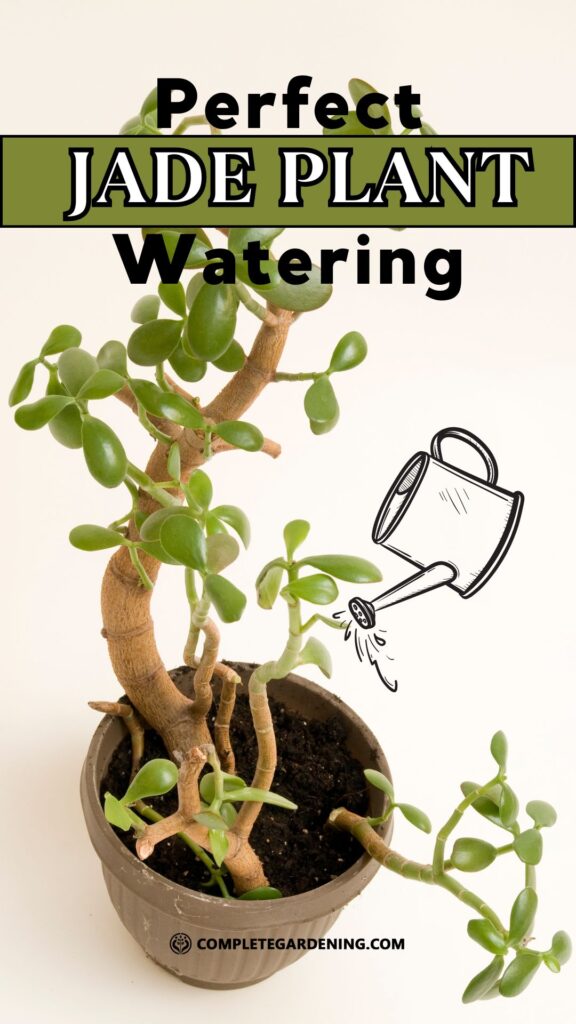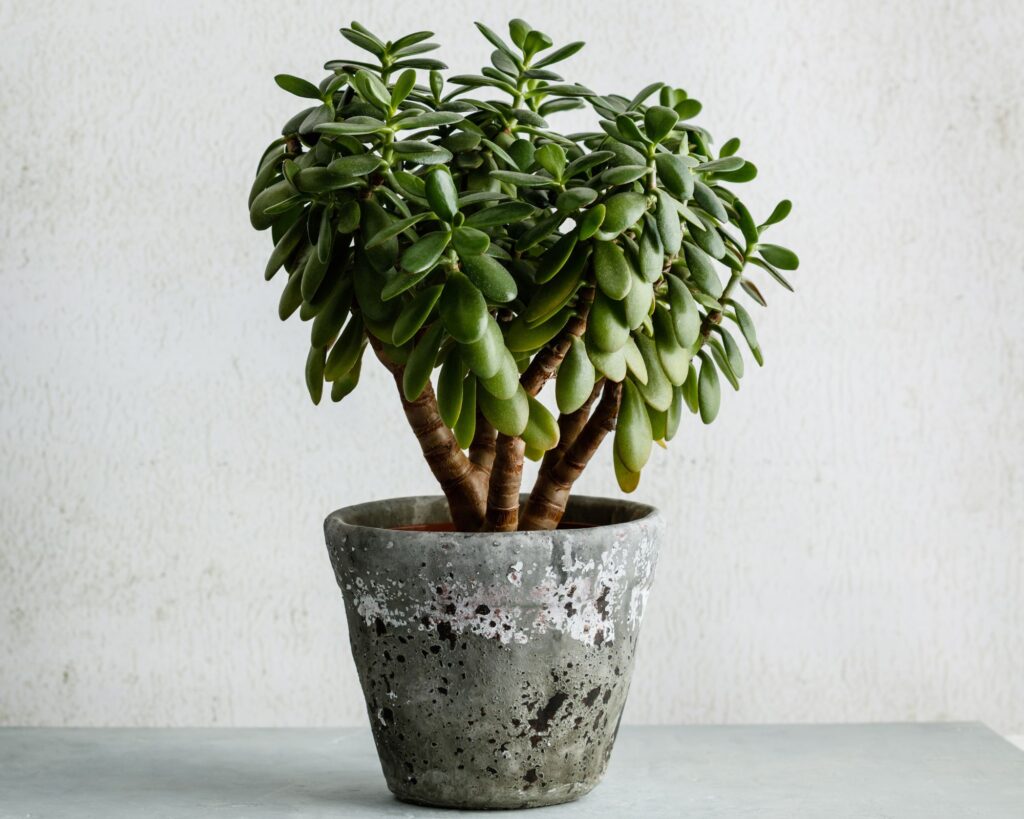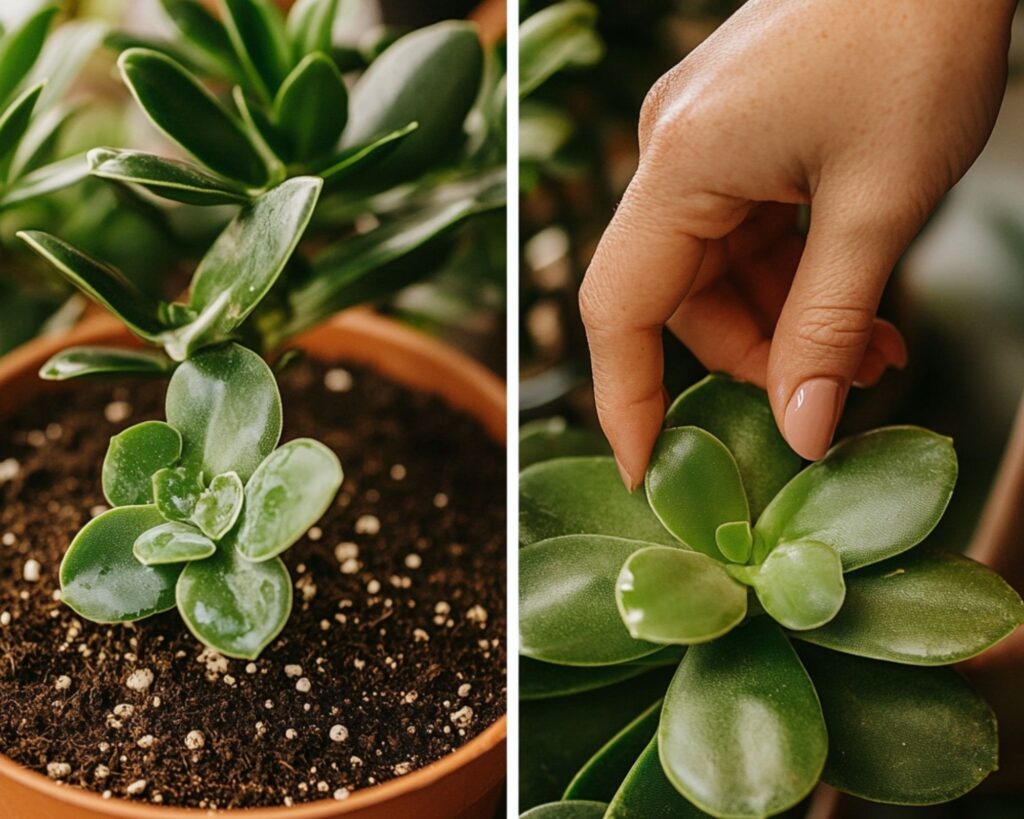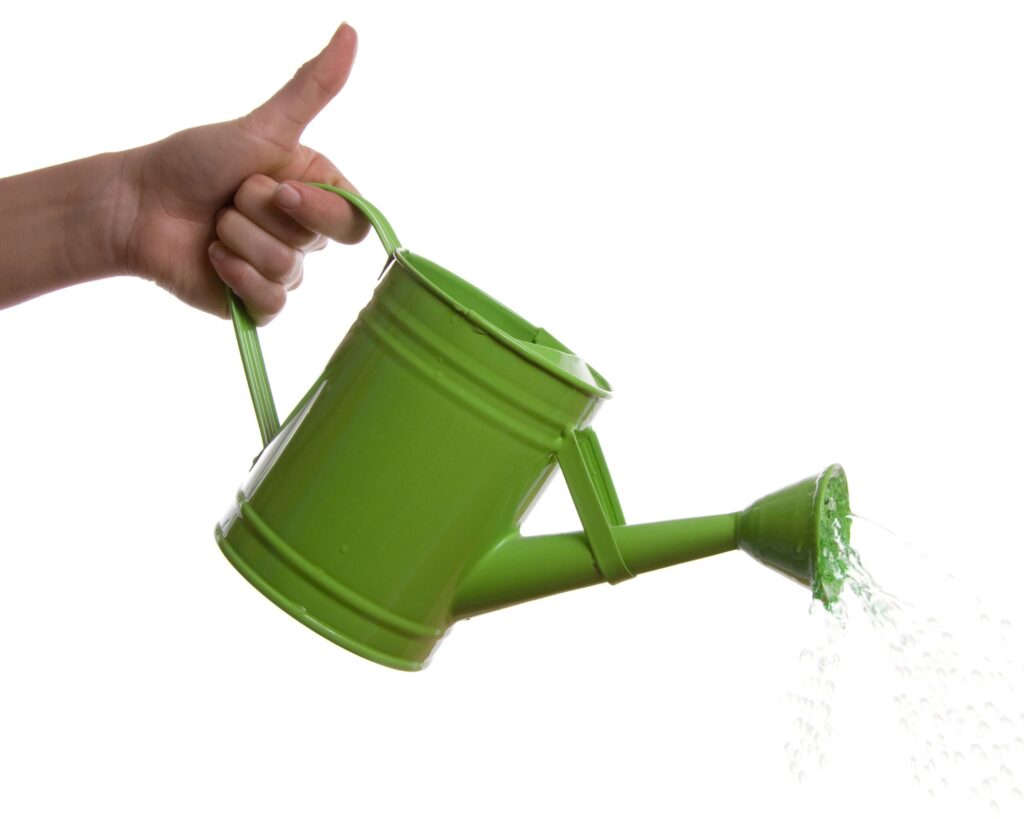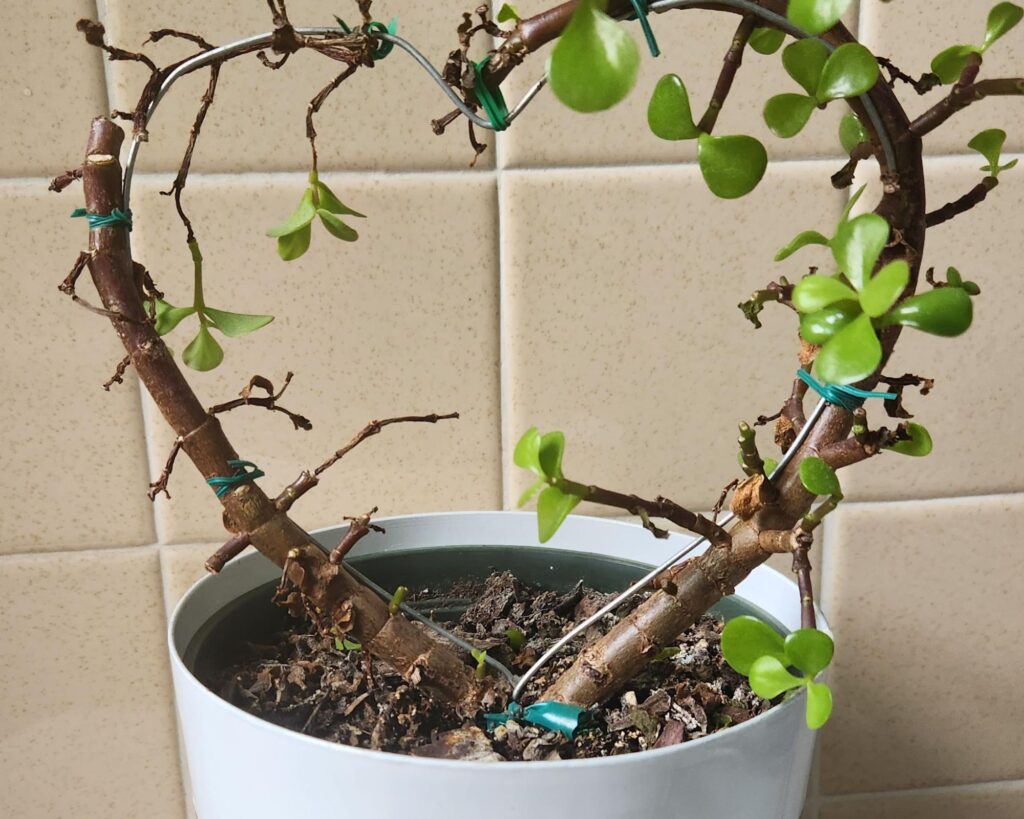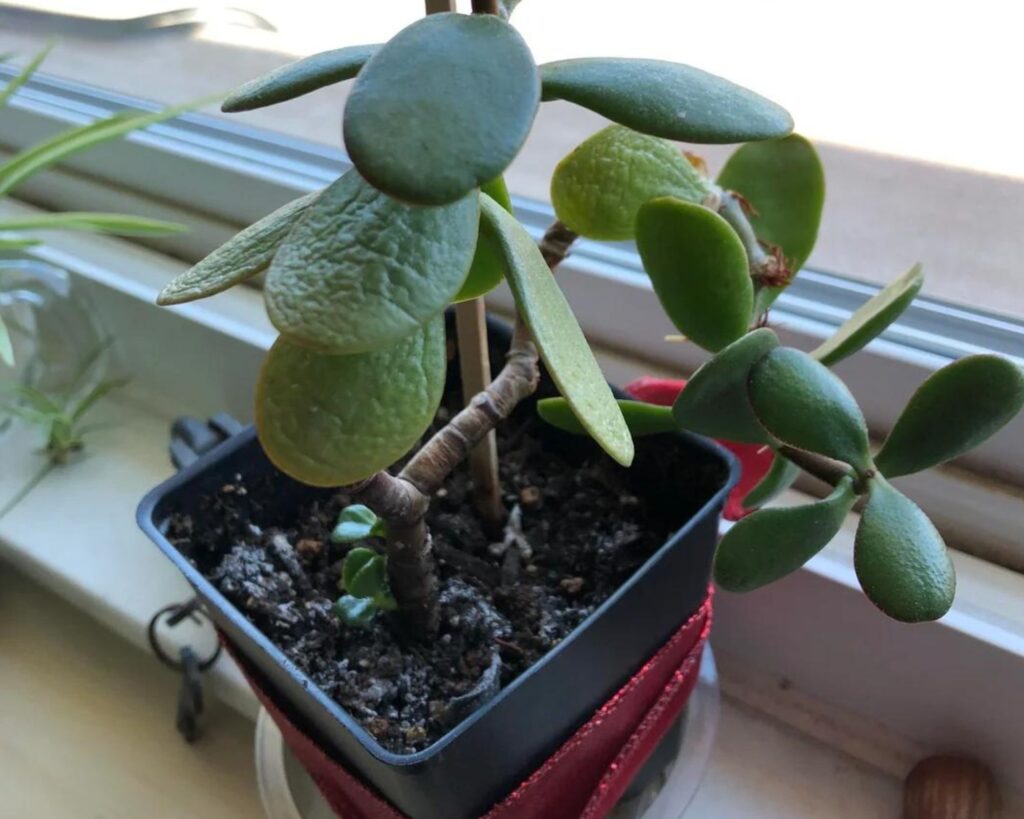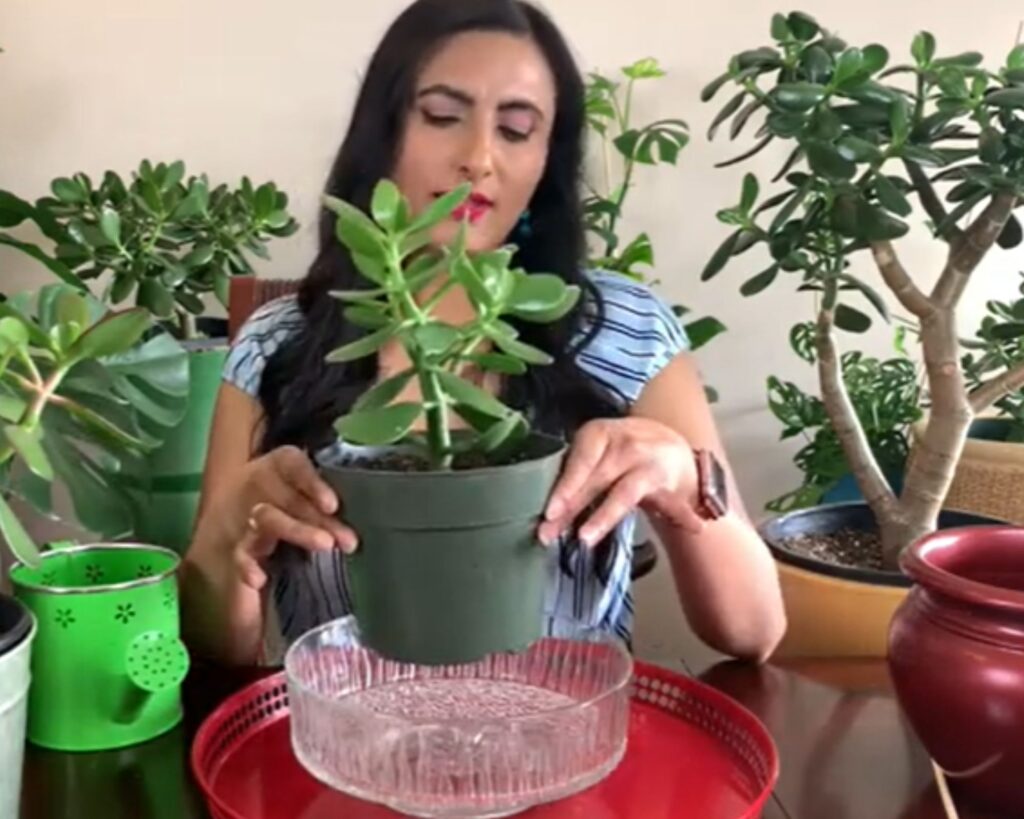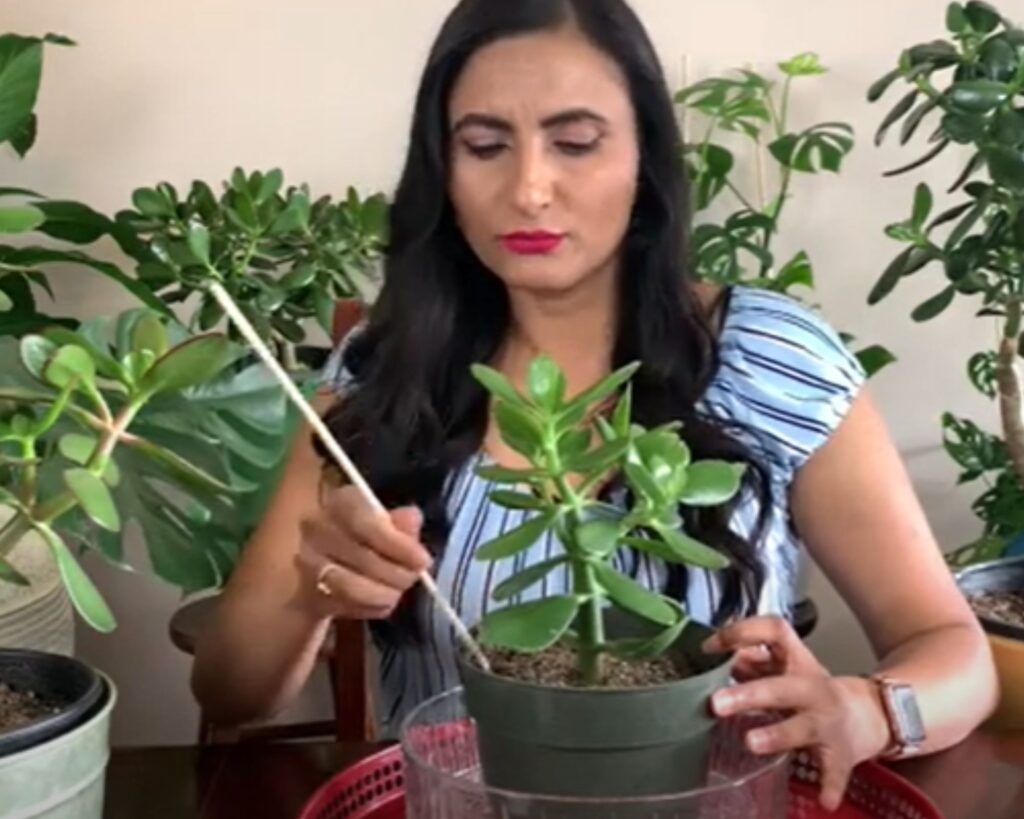Have you ever wondered why your jade plant isn’t as vibrant as it could be, despite your best efforts? The problem might be in the way you’re watering it. Too much water? Root rot. Too little? Dehydration. It can be tricky, but with the right guidance, you can prevent these common issues and ensure your jade plant thrives.
This article is your solution – packed with expert advice on how to properly water your jade plant, when to do it, and how to avoid costly mistakes. Follow these simple tips, and your jade plant will be the stunning, low-maintenance beauty it’s meant to be.
Understanding Jade Plants
Jade plants, beloved for their thick, glossy leaves and sturdy growth, are a popular choice for beginners and experienced gardeners. Watering them correctly is crucial for their health and longevity.
Characteristics of Jade Plants
Jade plants, scientifically known as Crassula ovata, are succulents. These plants have round, fleshy leaves that can store water, making them drought-tolerant. Native to South Africa, they thrive in bright, indirect sunlight and well-draining soil. Mature plants may develop small white or pink flowers when adequately cared for.
Temperatures between 65°F and 75°F are ideal for jade plants. Low humidity and good air circulation help prevent diseases. Over time, their stems can become woody, giving them a tree-like appearance. Inspecting your plant regularly for pests like mealybugs can help maintain its health.
Why Proper Watering Matters
Proper watering is vital to avoid root rot, which jade plants are prone to when overwatered. They prefer their soil to dry out between waterings. Using a pot with drainage holes and well-draining soil is essential to prevent waterlogged conditions.
Water your jade plant thoroughly, allowing water to flow out of the drainage holes. Reduce watering frequency during winter months when the plant’s growth slows. Monitoring the moisture level of the soil is crucial; err on the side of underwatering rather than overwatering. Remember, it’s better to let the plant’s roots dry out between waterings.
When to Water Your Jade Plant
Knowing the right timing for watering your jade plant is crucial. It ensures that your plant stays healthy and thrives.
Signs of Thirst in Jade Plants
One of the first signs that your jade plant needs water is the leaves. If they start to look wrinkled or feel soft, it’s time for a drink. Healthy jade plant leaves are firm and smooth.
Dry soil is another indicator. Stick your finger roughly 1-2 inches into the soil. If it feels dry, your plant is ready for watering. If the soil sticks to your finger, hold off on watering for a few more days.
Leaf drop can also signal a thirsty plant. If you notice leaves falling more than usual, it’s a good idea to check soil moisture and consider watering.
Seasonal Watering Guidelines
Watering needs for jade plants vary with the seasons. In spring and summer, jade plants actively grow and thus require more frequent watering. You may need to water every two to three weeks.
During fall and winter, jade plants enter a dormant phase. Watering should be reduced significantly, perhaps once every month or so. Always ensure the soil is dry before watering during these colder months.
Additional light in winter can affect how often you water. If your plant receives ample sunlight, it might require a bit more water even in winter. Use these seasonal tips to maintain a healthy jade plant year-round.
How to Water Jade Plants Properly
Proper watering of jade plants involves using the right type of water and employing effective watering techniques. Ensuring these aspects helps maintain your plant’s health and longevity.
Choosing the Right Water
Jade plants thrive with water that is free from harmful minerals. Tap water might contain chlorine and fluoride, which can be detrimental. Opt for rainwater or distilled water. If you must use tap water, let it sit out for 24 hours to allow chemicals to evaporate.
Test the pH of your water. Jade plants prefer slightly acidic to neutral pH levels (around 6.0 to 7.0). Using appropriate water ensures that the plant’s roots can absorb nutrients efficiently.
Watering Techniques
Implement the “soak and dry” method. Water your jade plant thoroughly until you see water escaping from the drainage holes. This ensures deep root watering.
Allow the soil to dry out completely before the next watering. Overwatering can lead to root rot. Check soil moisture by inserting your finger about an inch into the soil. If it feels dry, it’s time to water again.
Use a pot with drainage holes to prevent water from pooling at the bottom. This helps in avoiding overwatering and root damage.
Common Mistakes to Avoid
Proper watering is crucial for jade plants. The most common mistakes involve overwatering and underwatering.
Overwatering and Its Consequences
Overwatering can lead to root rot, a serious problem for jade plants. When roots sit in waterlogged soil, they can’t get the oxygen they need. This can cause them to decay, leading to poor plant health or even death.
To prevent overwatering, ensure the soil drains well. Use a pot with drainage holes and a succulent-friendly soil mix. Only water when the top inch of soil feels dry to your touch.
Signs of overwatering include yellowing leaves or a mushy stem. If you notice these, reduce watering immediately. Re-potting the plant in dry soil may help save it.
Underwatering and Its Impact
Underwatering can also harm your jade plant. If the plant doesn’t get enough water, the leaves may shrivel and fall off. Jade plants store water in their leaves, so prolonged lack of water depletes their reserves.
To avoid underwatering, establish a regular watering schedule. Feel the soil’s top inch periodically and water when it’s dry. In hotter months, you might need to water more frequently.
Watch for signs like wrinkled leaves or a brittle, dry stem. These indicate that your jade plant needs more frequent watering. Adjust your care habits promptly to keep the plant healthy.
Caring for Your Jade Plant Post-Watering
Taking proper care of your jade plant post-watering includes making sure it has the necessary drainage and monitoring the soil moisture regularly. These steps will help ensure your plant remains healthy and vibrant.
Drainage and Pot Selection
Choosing the right pot and ensuring good drainage is crucial. Jade plants thrive in pots with drainage holes to prevent water from pooling at the bottom. Clay pots are often a good choice because they allow excess moisture to evaporate more easily than plastic pots.
Use a well-draining soil mix designed for succulents. You can even create your own mix by combining regular potting soil with sand or perlite. Avoid using garden soil, which retains too much moisture and can lead to root rot.
Place a layer of small stones or gravel at the bottom of the pot to further enhance drainage. It’s also advisable to elevate the pot using a plant stand or saucer to allow air circulation beneath it.
Monitoring Soil Moisture
Keeping an eye on soil moisture is a key factor. Jade plants prefer their soil to dry out between waterings. Stick your finger about an inch into the soil; if it feels dry, it’s time to water again. Over-watering can cause root rot, while under-watering can make the leaves shrivel.
Consider using a moisture meter for more precise measurements. These handy tools can help you determine the soil’s moisture level accurately, ensuring you water only when needed.
Pay attention to the plant’s leaves; they are good indicators of its health. Plump and firm leaves usually mean the plant is adequately hydrated. If the leaves start to wrinkle, the plant might need more water.
Caring for your jade plant goes beyond simply admiring its beauty. Proper watering is the key to ensuring its long-term health and vibrant growth.
By following the right watering methods, you can prevent common issues like root rot from overwatering or dehydration from neglect.
By using the techniques outlined in this guide, such as the “soak and dry” method and choosing the right water, you’ll provide the best possible care for your jade plant.
Stick to these practices, and your jade plant will reward you with lush, green foliage, adding a touch of nature and tranquility to your home.

